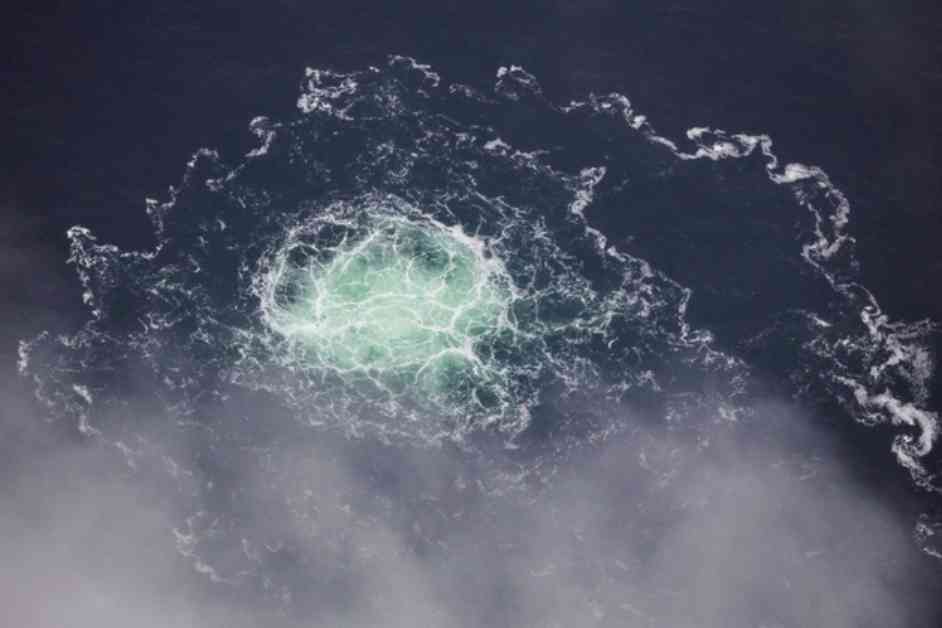**Accidents, Not Russians, Responsible for Undersea Cable Damages: Western Intelligence**
A recent string of undersea cable damages in Europe has sparked heated debates about potential Russian sabotage. However, US and European intelligence officials have come forward to shed light on the real cause behind these incidents: accidents, not malicious intent.
**What Happened?**
Over the past 18 months, Europe has witnessed three incidents where undersea cables and gas pipelines were damaged, raising suspicions of Russian involvement. These damages occurred due to vessels accidentally dragging anchors on seabeds, leading to questions about the Kremlin’s role in these incidents. However, US intelligence officials have refuted these claims, stating that intercepted communications and classified material point towards inexperienced crews on aging vessels as the culprits.
The most recent incident occurred on December 25, when a vessel damaged the EstLink 2 undersea power cable between Finland and Estonia by dragging its anchor. Finnish authorities took swift action by boarding and seizing the vessel, detaining two Georgian crew members onboard. Additionally, incidents like the Nord Stream damage in September 2022 have added fuel to the fire, prompting concerns about the security of undersea infrastructure in Europe.
**Expert Insights**
In the wake of these incidents, experts have weighed in on the situation. Some, like Eric Ciaramella and Pekka Toveri, believe that while the damages may appear accidental, they could be part of a larger Russian campaign. Others, such as Mike Plunkett, argue that proving intentional sabotage is challenging due to the nature of undersea operations. Despite differing opinions, one thing remains clear: the incidents have significant implications for Europe’s security and geopolitical landscape.
**The Investigation Continues**
As the investigation unfolds, questions about Russia’s potential motives and Europe’s response to these incidents linger. With the spokesperson for Finland’s National Bureau of Investigation emphasizing that it is too early to draw definitive conclusions, the true causes behind the damages remain shrouded in mystery.
In a world where every cable cut and pipeline rupture could have far-reaching consequences, the need for transparency and accountability in maintaining undersea infrastructure has never been more critical. As we navigate the complexities of modern geopolitics, one thing is certain: the seas hold more secrets than we may realize.
Remember, next time you see a ship on the horizon, it may be carrying more than just cargo—it could be carrying the weight of international tensions beneath the waves.

















